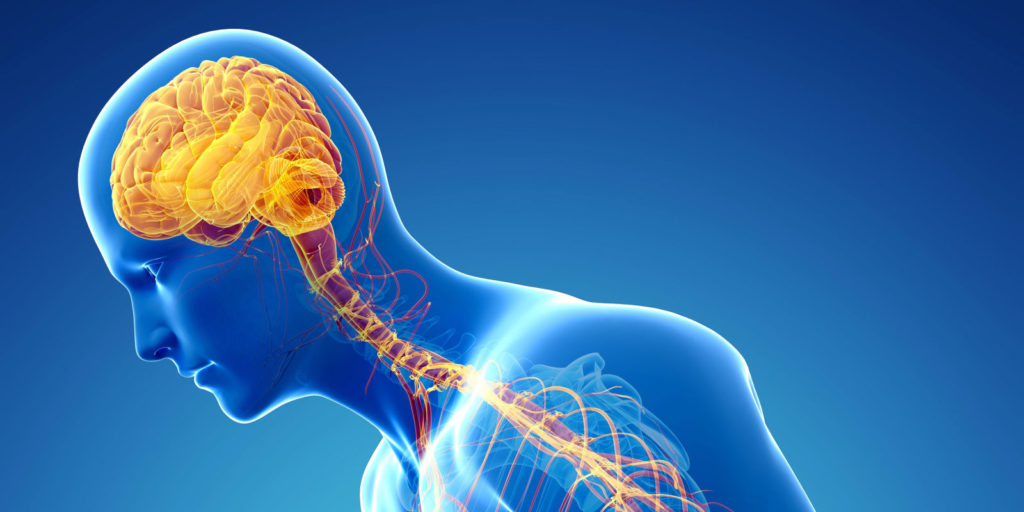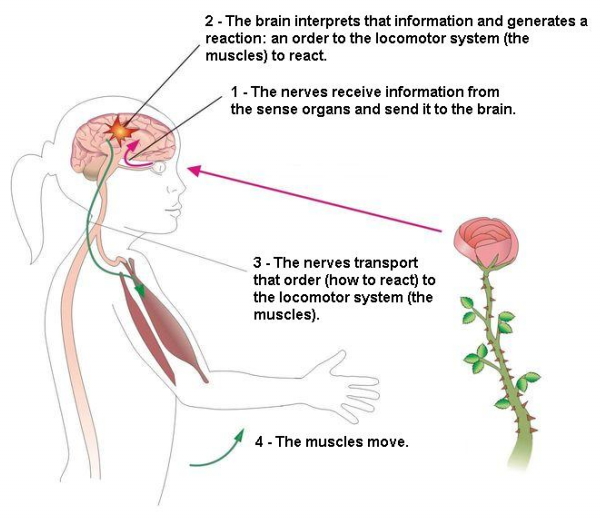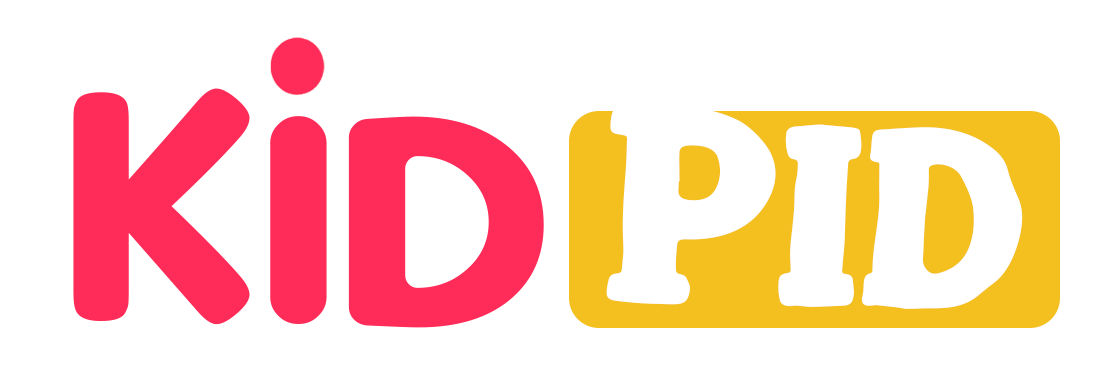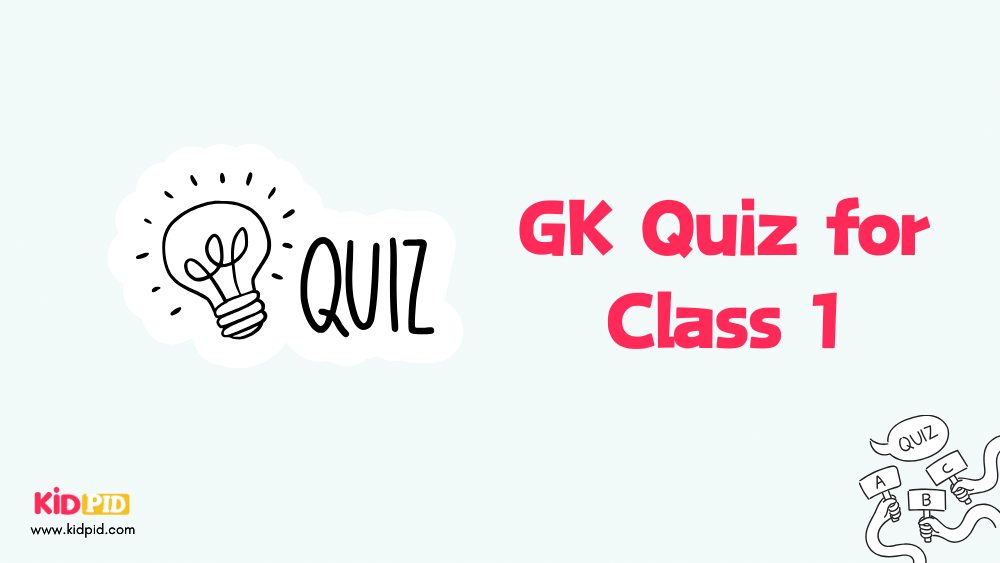How Does the Nervous System Work?

How Does the Nervous System Work?
Just like we have electrical wiring in our homes, nervous system is present in our body. Nervous system consist of nerves. Nerves take information from our sensory organ like skin to brain. Brain process this information and act accordingly. For example, you put your hand on hot surface. Then your nerve will take this information to brain and brain will direct hand to move hand from the hot surface.
Hey friends, today I am going to take you on a very interesting and knowledgeable tour where we will get to know about nerves, what are they, what are their certain functions and most importantly how do they work. I am going to tell you about all of this in this article and I am completely sure that by the end of this article you would able to tell everything about nerves. So are you ready for this amazing tour? Well what are we waiting for let’s go and dive in the ocean of knowledge.
Well what we people generally think about nerves is that they are just wires in our body used to conduct electricity. Just like we have electrical wiring in our homes providing the needed power to our computer and other appliances. But the nerves have more complex job to do than that.
They are the sensor that sense something as approaching. Detectors that detect whether it is movement, pain or pleasure. Transducers that converts that information into an electrical impulse. Wires that transmit these impulse throughout the body. Transistors that gain the information and acts according to it. And at last the activators that take the information and are responsible to have an impact on another organs.

I hope this made you understand what are nerves but isn’t it a huge definition, difficult to remember? Now to be precise, nerves are simply a bundle of cells called neurons. They are used to conduct electricity for only one kind of stimulus and that too only in one direction.
Like when you your mom touches you, you feel pleasure. When you have something walking on your skin, you sense that movement. When we accidently run our hand into a candles flame, we feel pain. In each of the above mentioned cases we feel differently and apparently it is clear that we even act differently to each of the situation mentioned above. We show compassion when our mother touches us. We act to the movement by responding to it. And we remove our hand away from that flame when we feel that pain. These all are our reflex actions or we can call reflexes for which our nerve cells are responsible for it as they deliver the information to the brain and bring us back the instruction of how to act to it.
Basically a nerve impulse starts with a receptor. Receptor is the special part of each nerve where the electrical impulses begin. The starting or to be more scientific the initial point of any information. Neurons carry information from the specific part of our body and that information is then projected on the specific areas of our brain.
Have you ever wondered what does the inside of a nerve consist of? Well inside of a nerve there is fluid and that fluid is very reach in potassium. This fluid is twenty times higher than the outside one. Then what an environment does a neuron have outside of it. It is a kind of surprising that the outside of a neuron also contains a fluid but that is not filled with potassium. It consist of ten times more sodium than inside. Due to this sodium and potassium business, the inside of a nerve has a negative charge as compared to the outside. And that negative charge is equal to about -70 mV or -80 mV. This point is known as the nerves resting point.
Our nerve detects pores of the cell wall near to the receptor open. These open pores are specialized protein channels that allows sodium to rush into the nerve. By this the inside charge due to sodium intake becomes positively charged of about +40 mV.
There are certain instances that depends on nerve impulses threshold, if the nerve impulse reaches threshold then the sodium channel opens and the positivity spreads from nerve membrane, then body and then along the nerves long thread like extension the axon. Meanwhile potassium ions rushes out of the nerve. But that disturbs the charge condition and to maintain that we have ion pump that transports potassium ion back to the nerve and sodium ion out of the nerve.
When electrical impulse reaches the end of the nerve small vesicles or we can say packets containing neuron transmitter are rapidly released by the nerve and then they interact with the nerve target and this is known as synaptic transmission. We have another term related to this as well that is synapse. The interaction between a nerve and the other object in chain is called a synapse. During this interaction the neuron transmitter information can be either modulated or amplified or blocked altogether or translated to another informational process depending on the needs.
So with this we arrive at the end of our tour. Hope you have learnt sufficiently in this tour about what are nerve, their functions and how do they work.






Responses